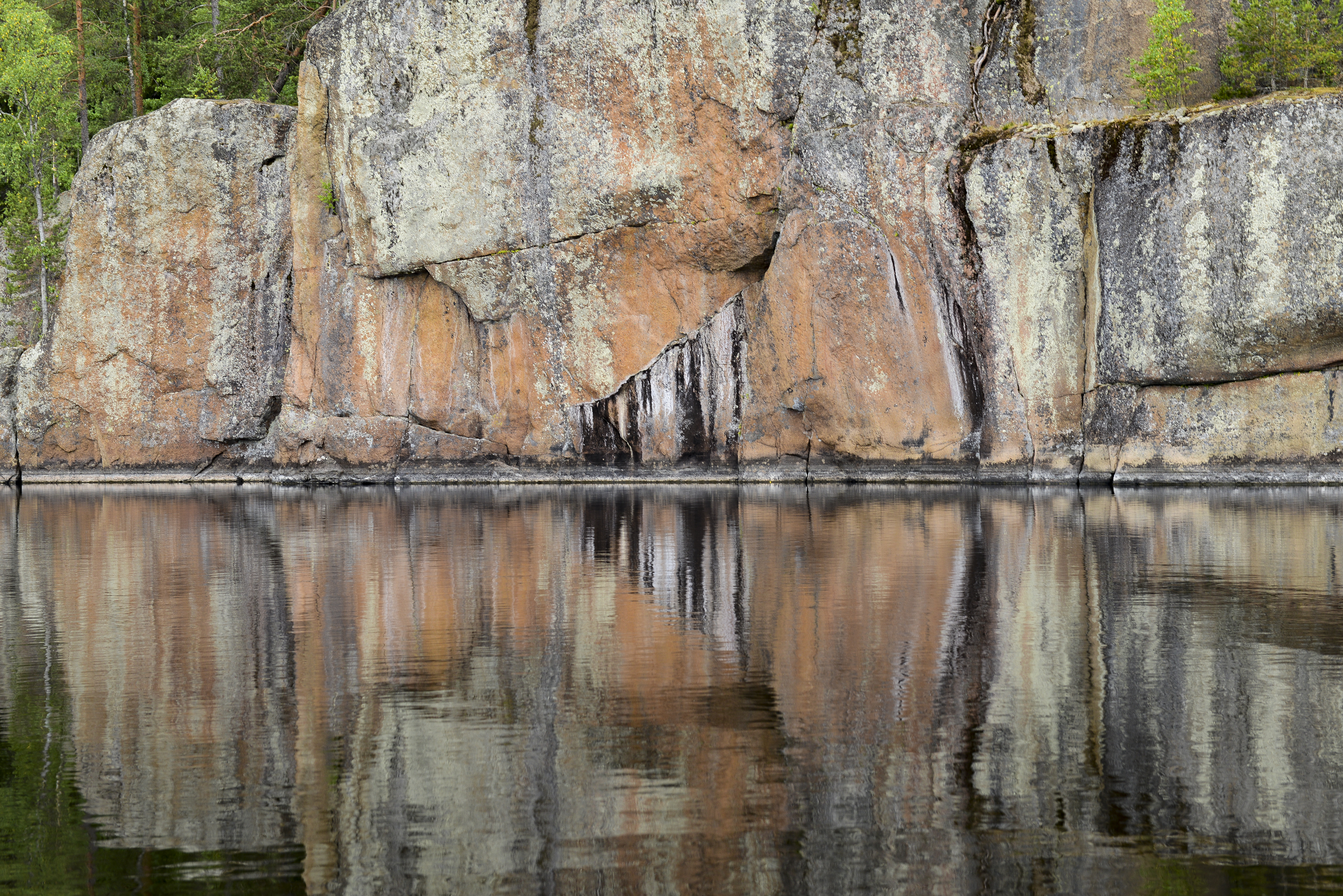NASA has shared an image of a defunct Cold War-era military base hidden deep underneath the frigid Greenland Ice Sheet.
As NASA cryospheric scientist Chad Greene flew over the Arctic plateau in April 2024, around 150 miles east of Pituffik Space Base in northern Greenland, he snapped an image from the window of the Gulfstream III aircraft.
At the same time, the plane's radar instrument picked up a ping from deep below the ice, which turned out to be the remains of Camp Century, a Cold War base buried 100 feet below the surface of the frozen island.
"We were looking for the bed of the ice and out pops Camp Century," Alex Gardner, also a cryospheric scientist at NASA's Jet Propulsion Laboratory (JPL), said in a statement.
"We didn't know what it was at first."

Camp Century, often referred to as the "City Under the Ice," was a Cold War-era U.S. military base constructed in 1959, and consisted of a network of underground tunnels dug into the ice.
The camp was made up of 21 tunnels, spanning a total length of 9,800 feet. Officially, it was a research facility run by the U.S. Army Corps of Engineers, but the camp also had strategic military and scientific significance.
The camp was a front for a secret military project called Project Iceworm, which aimed to build a network of tunnels beneath the ice to house nuclear missiles, creating a mobile missile system that could target the Soviet Union. However, the unstable nature of the ice sheet made the project impractical, and it was eventually abandoned.
It was not until much later that the U.S. Army revealed the true purpose of Project Iceworm to the Danish government, which administered Greenland.
The camp was one of the first facilities to be powered by a portable nuclear reactor, known as the PM-2A, which supplied electricity and heat. Camp Century was decommissioned in 1967, the reactor was removed, hazardous waste was buried, and the ice was left to cover the remaining infrastructure.
The Gulfstream III spotted the remains of the base buried deep under the ice via the reflection of radio waves using NASA's UAVSAR (Uninhabited Aerial Vehicle Synthetic Aperture Radar). This allowed a more detailed map of the base to be revealed compared to previous 2D maps created prior, using conventional ground-penetrating radar.

"In the new data, individual structures in the secret city are visible in a way that they've never been seen before," said Greene.
The brand-new map reveals strange structures in the base that appear to line up with the know layout of the camp's tunnels. The scientists had never meant to catch a glimpse of the camp at all,
"Our goal was to calibrate, validate, and understand the capabilities and limitations of UAVSAR for mapping the ice sheet's internal layers and the ice-bed interface," Greene said.
Recent studies have raised concerns that as climate change accelerates ice melt in Greenland, there could be a risk that abandoned hazardous materials, including nuclear waste and diesel fuel, could be released into the environment.
"Without detailed knowledge of ice thickness, it is impossible to know how the ice sheets will respond to rapidly warming oceans and atmosphere, greatly limiting our ability to project rates of sea level rise," Gardner said.
Do you have a tip on a science story that Newsweek should be covering? Do you have a question about Greenland? Let us know via science@newsweek.com.




















 English (US) ·
English (US) ·